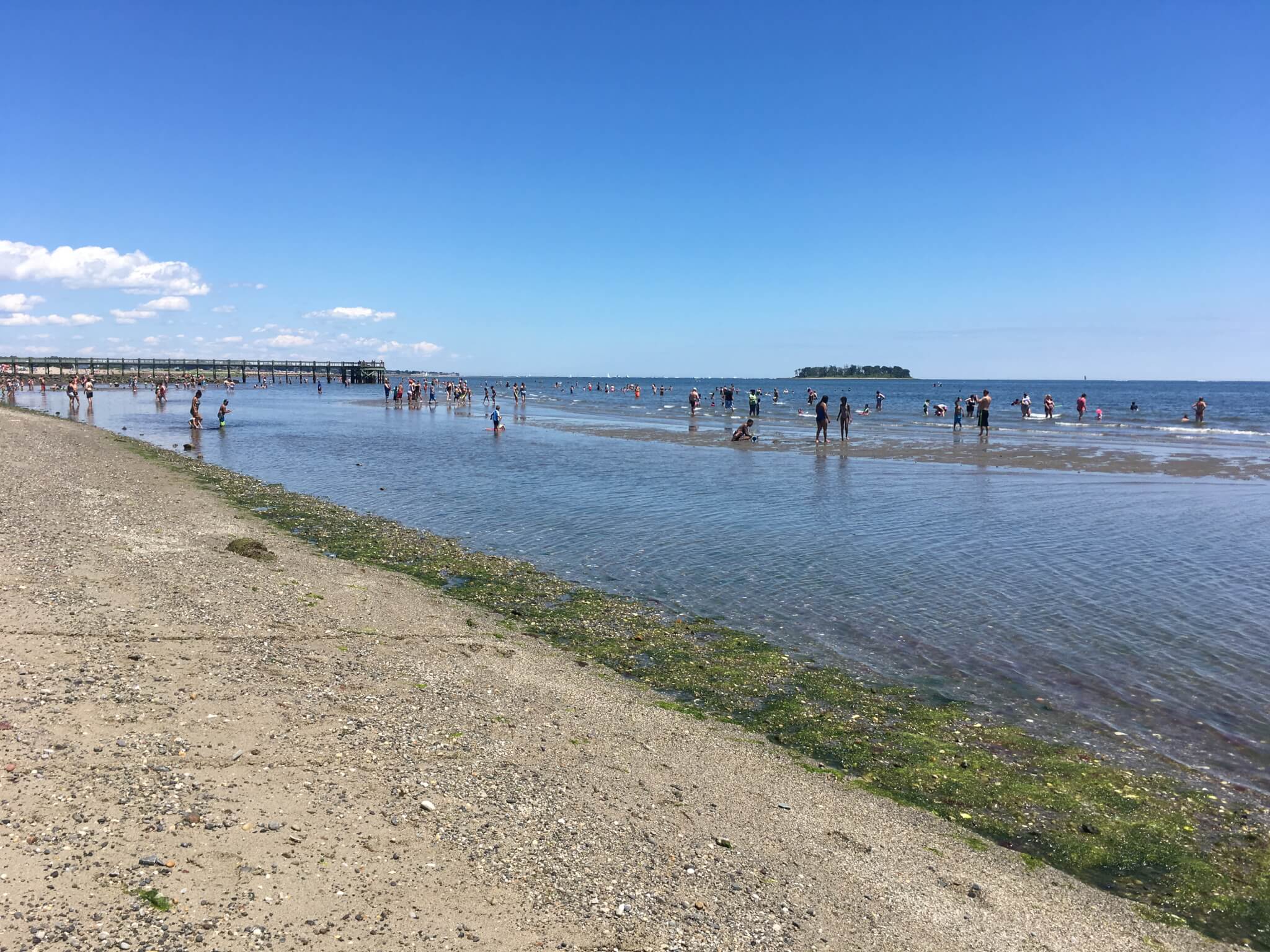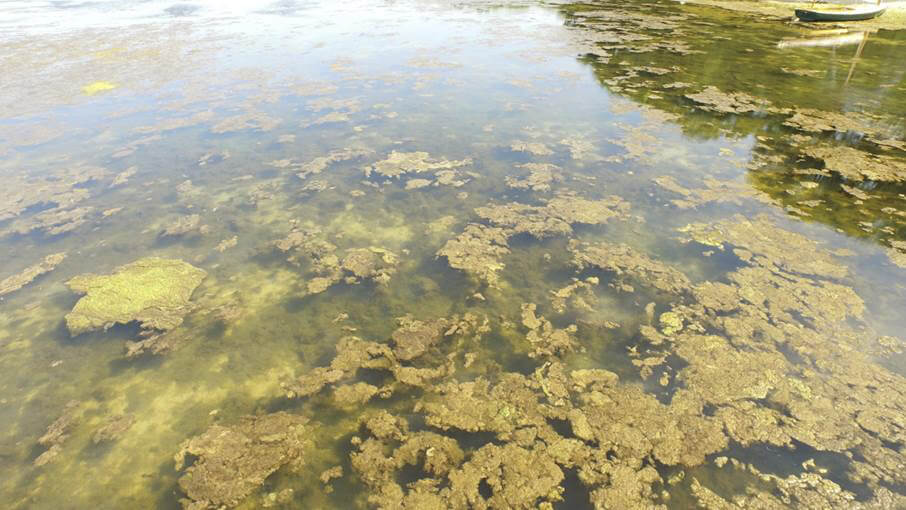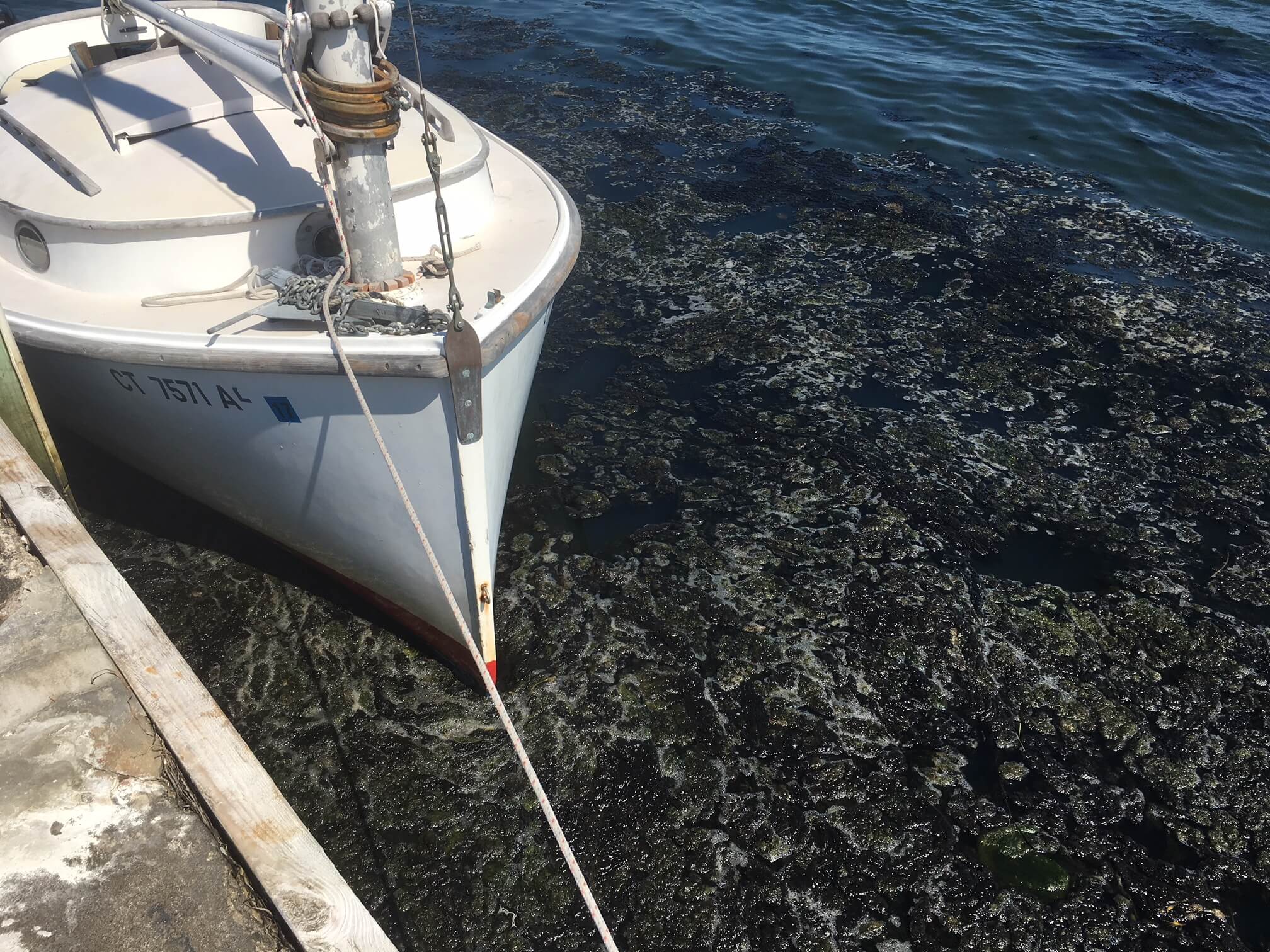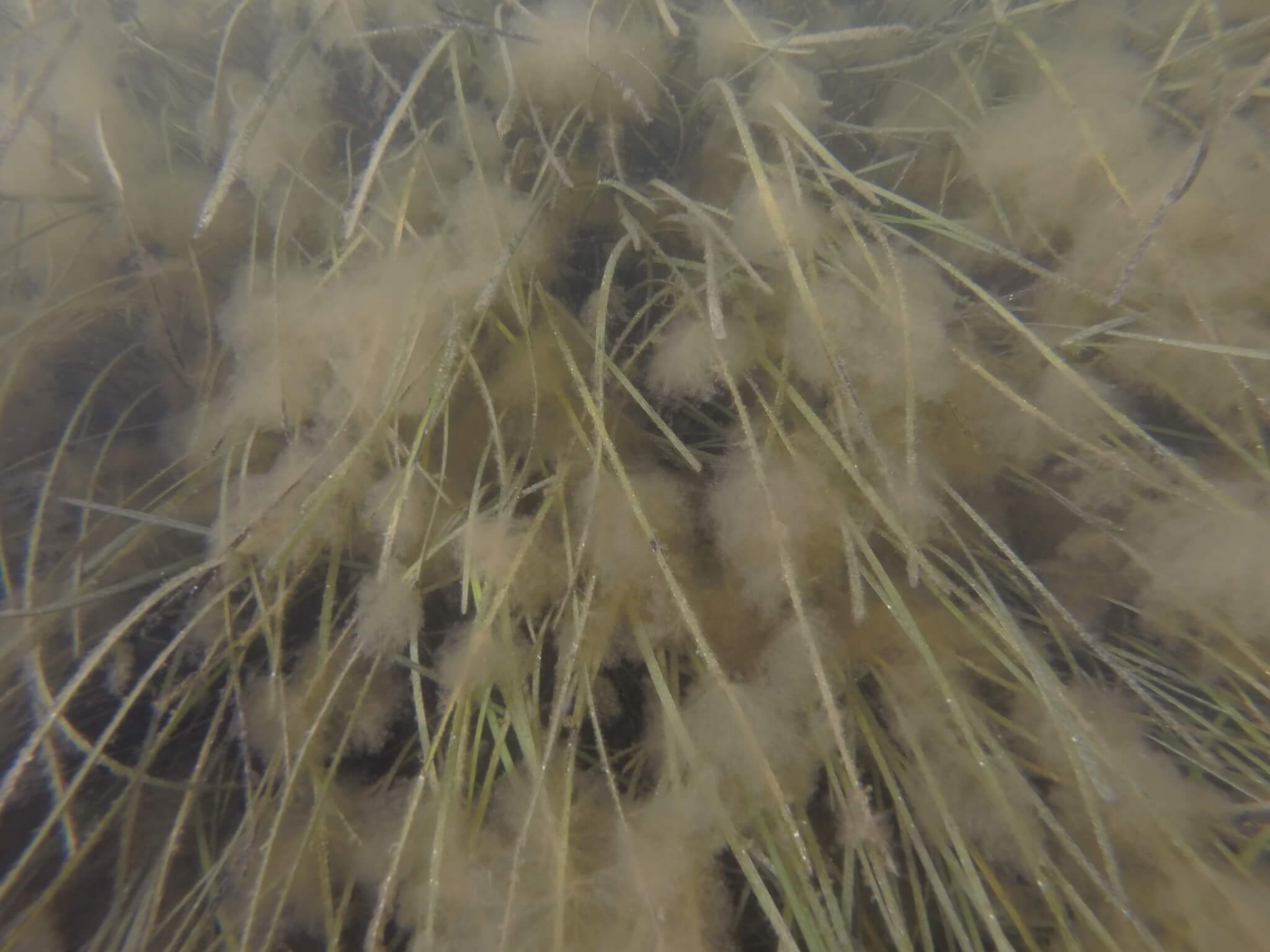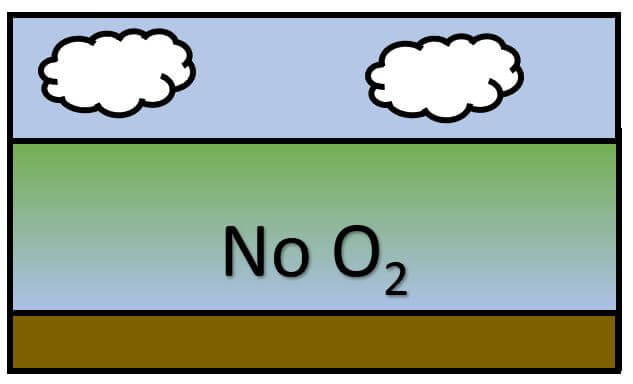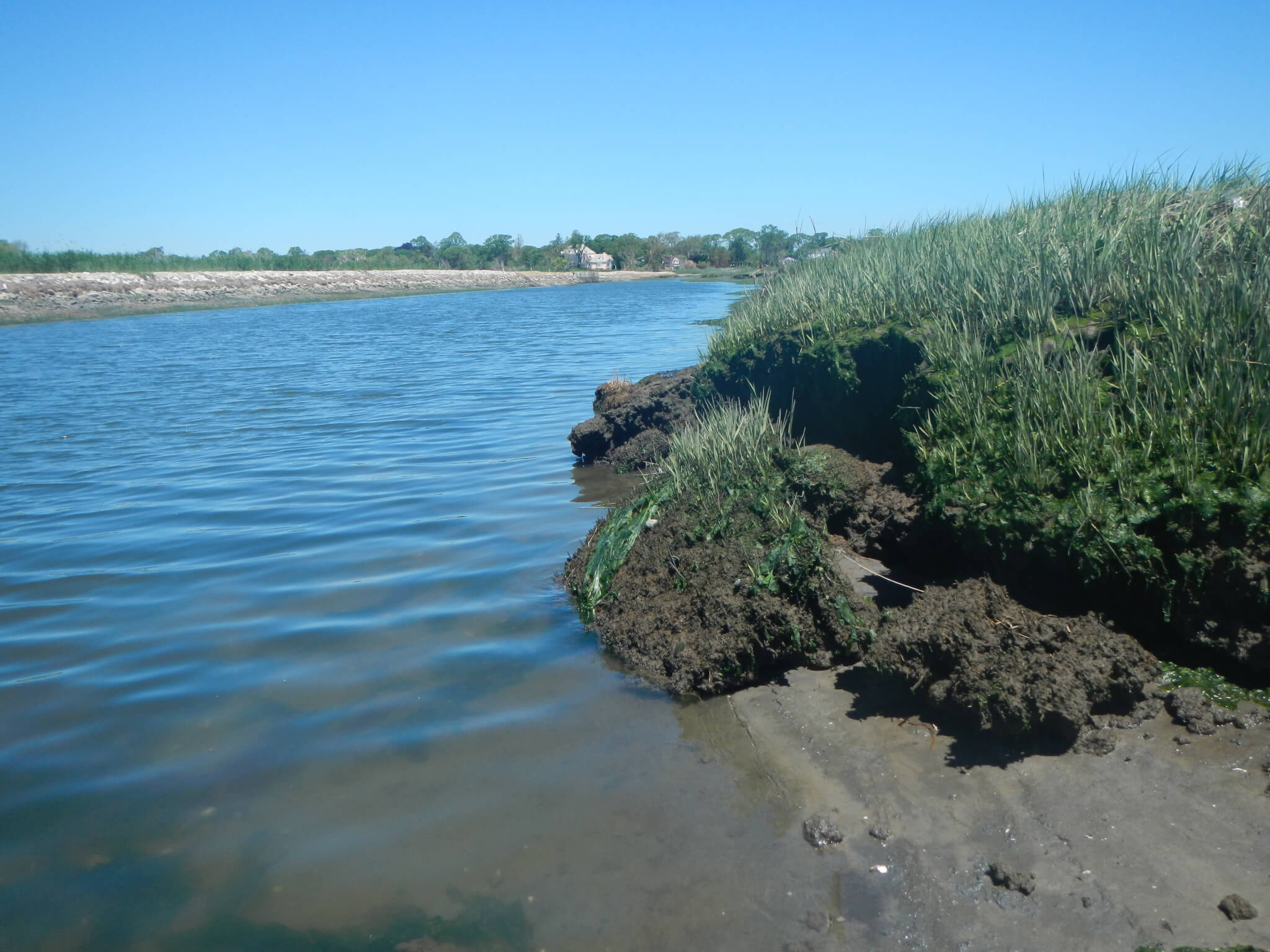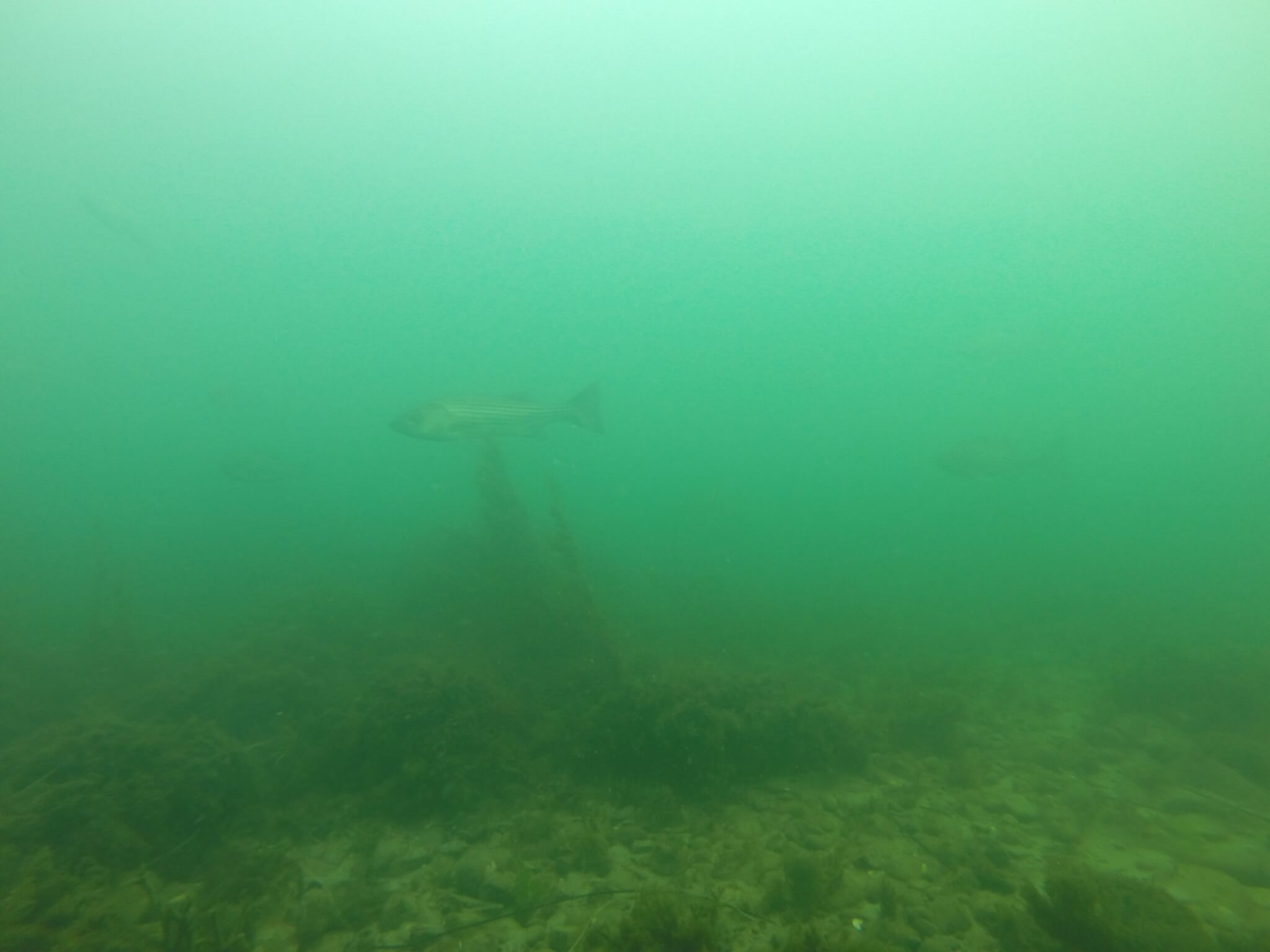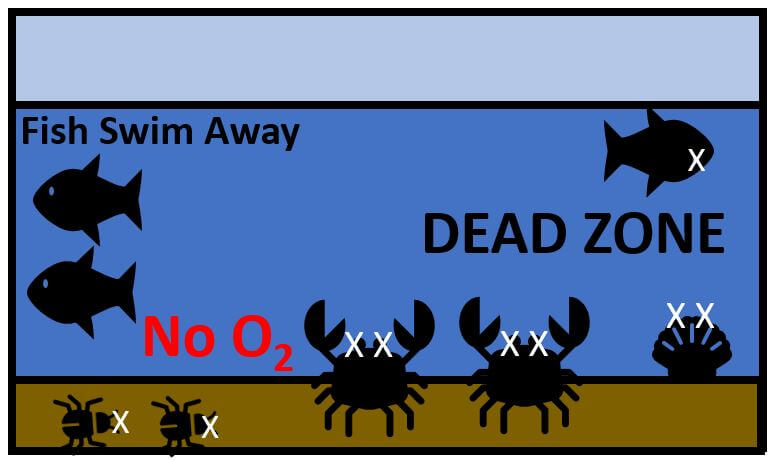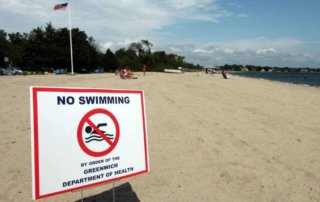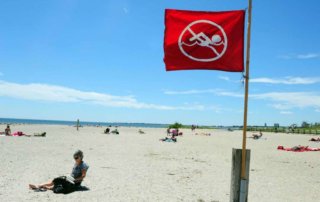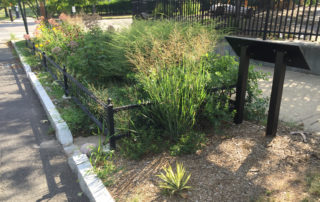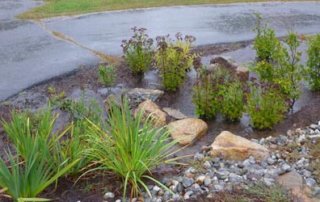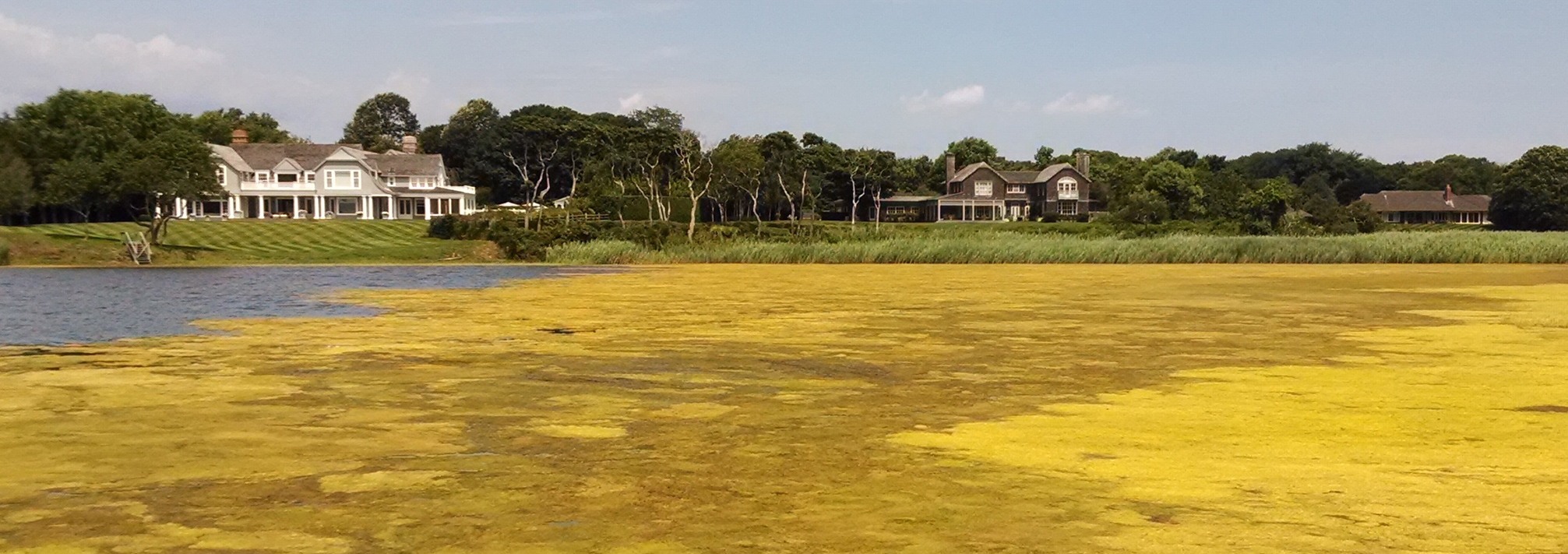
ImpactS AND THREATS

What problems are caused by nitrogen pollution?
Where are they visible?
The Conservancy has worked on marine and coastal conservation for decades and has firsthand experience with the harmful effects of excess nitrogen loading into the coastal waters of southern New England and Long Island, New York. Our efforts to restore shellfish, monitor how salt marshes are keeping pace with sea level rise and research the causes of seagrass loss across this region all point to the same conclusion – nitrogen pollution in our coastal waters is threatening marine life and putting public health at risk.
When excess nitrogen generated by a range of human activities enters the environment, it pollutes our air and water. Wastewater is discharged into rivers and coastal waters from sewage treatment plants or to groundwater from septic systems. Nitrogen from burning fossil fuels falls from the atmosphere to land and water in the form of rain or dust. Fertilizers from lawns, parks and fields or agriculture can wash off the land into streams or seep into groundwater. Too much nitrogen in rivers, harbors, bays and Long Island Sound can act as a fertilizer in the water, triggering the growth of algae. Rampant algae growth can set off a cascade of problems posing serious risks to coastal waters and human health.
Harmful Algal Blooms (HABs)
In some cases, algal blooms can be harmful, producing neurotoxins that can kill fish or cause paralytic shellfish poisoning if people eat tainted shellfish. Harmful algal blooms are expanding globally, lasting longer, and increasing in levels of toxicity. Some have occurred recently in the bays and coastal waters off Long Island, Massachusetts and other areas. Learn more about HABs from the National Oceanic and Atmospheric Association.
Noxious Seaweed
Nitrogen pollution can trigger rapid growth of seaweeds known as macroalgae. When these algae wash up on shore, they accumulate and rot, creating foul odors. In eastern Connecticut, large mats of algae on the surface of the water often prevent people from paddling, swimming and enjoying the water in the summer.
Seagrass Loss
Seagrass meadows are critical coastal habitats that provide food, shelter and nursery areas for all kinds of ocean life, including juvenile fish, bay scallops, lobster and flounder. Nearly 90 percent of Long Island Sound’s seagrass meadows have disappeared. Research led by The Nature Conservancy shows nitrogen pollution and warming water temperatures are the primary threats to seagrass in the Sound.
Hypoxia/Anoxia
Hypoxia occurs when oxygen levels in water are low. When oxygen is completely depleted, the condition is known as anoxia. During daylight hours, algae grow and reproduce through photosynthesis, producing oxygen as a byproduct, but at night they consume oxygen in the water As they die and sink to the seafloor, decomposing algae are consumed by bacteria that deplete oxygen.
Salt marsh Loss
Monitoring shows coastal salt marshes are slumping and struggling to keep pace with sea level rise. Researchers from the United States Environmental Protection Agency’s (EPA) Narragansett Lab found evidence that excessive nitrogen weakens and speeds the decay of marsh grass roots, making them more vulnerable to rising sea levels, invasive predators and other stresses.

What is the relationship between nitrogen and stormwater?
Stormwater is caused when precipitation and snowmelt runs off impervious surfaces like roads, sidewalks, rooftops and parking lots picking up pollutants and washing them into storm drains or directly into waterways that flow into Long Island Sound. In some cities, wastewater systems overflow during heavy rainfall or snowmelt, releasing untreated sewage directly to streams, bays and harbors.
Untreated wastewater from sewage overflows carries high levels of bacteria that threaten human health and marine life. Following these events, nearby beaches and shellfish beds must be closed to protect people from coming into contact with contaminated waters or consuming tainted seafood.
Green stormwater infrastructure such as rain gardens and vegetated swales are designed to capture run-off water and reduce overflows at sewage treatment facilities. These nature-based solutions can also help prevent nitrogen pollution from entering storm drains and streams and flowing into the harbors and bays of Long Island Sound.
